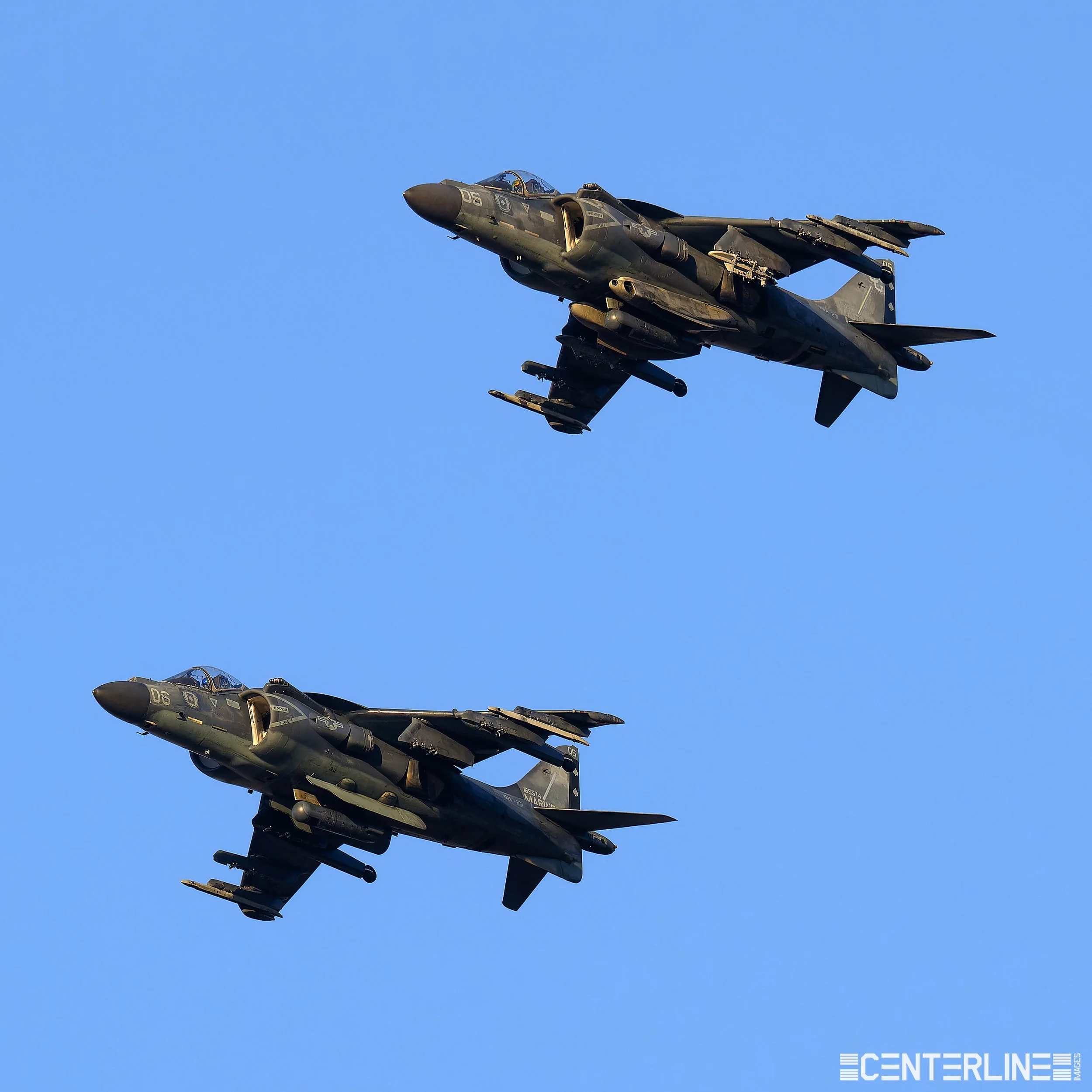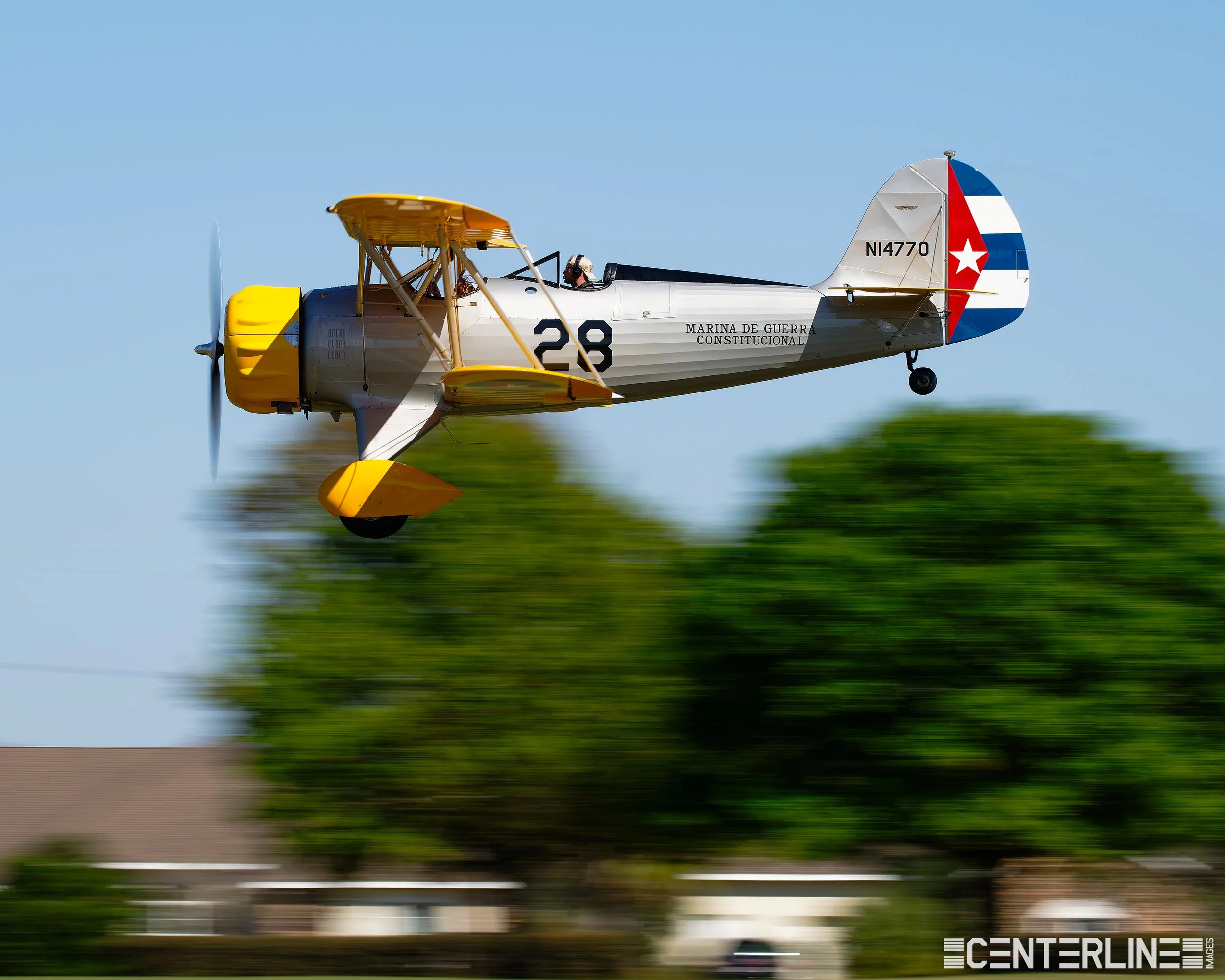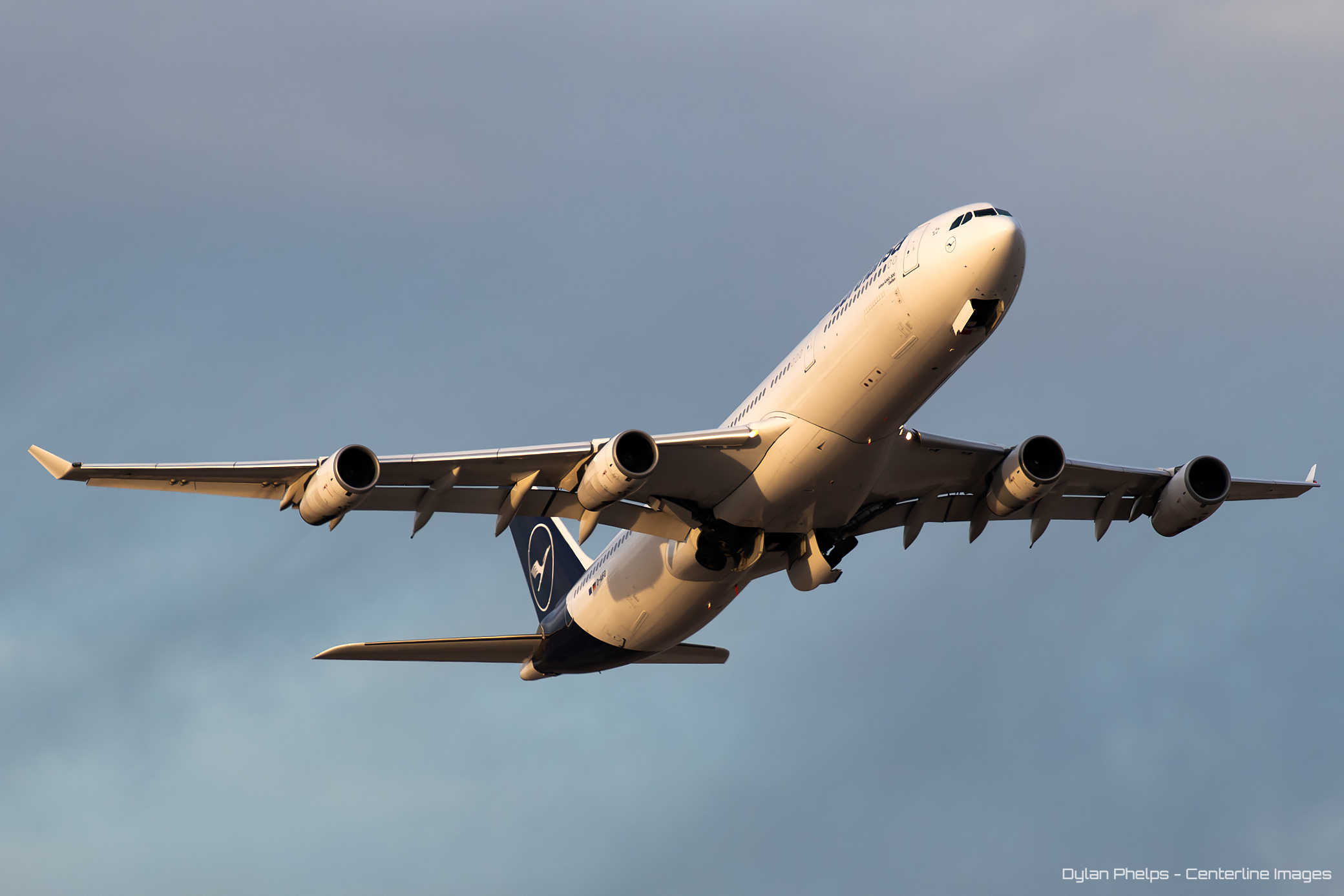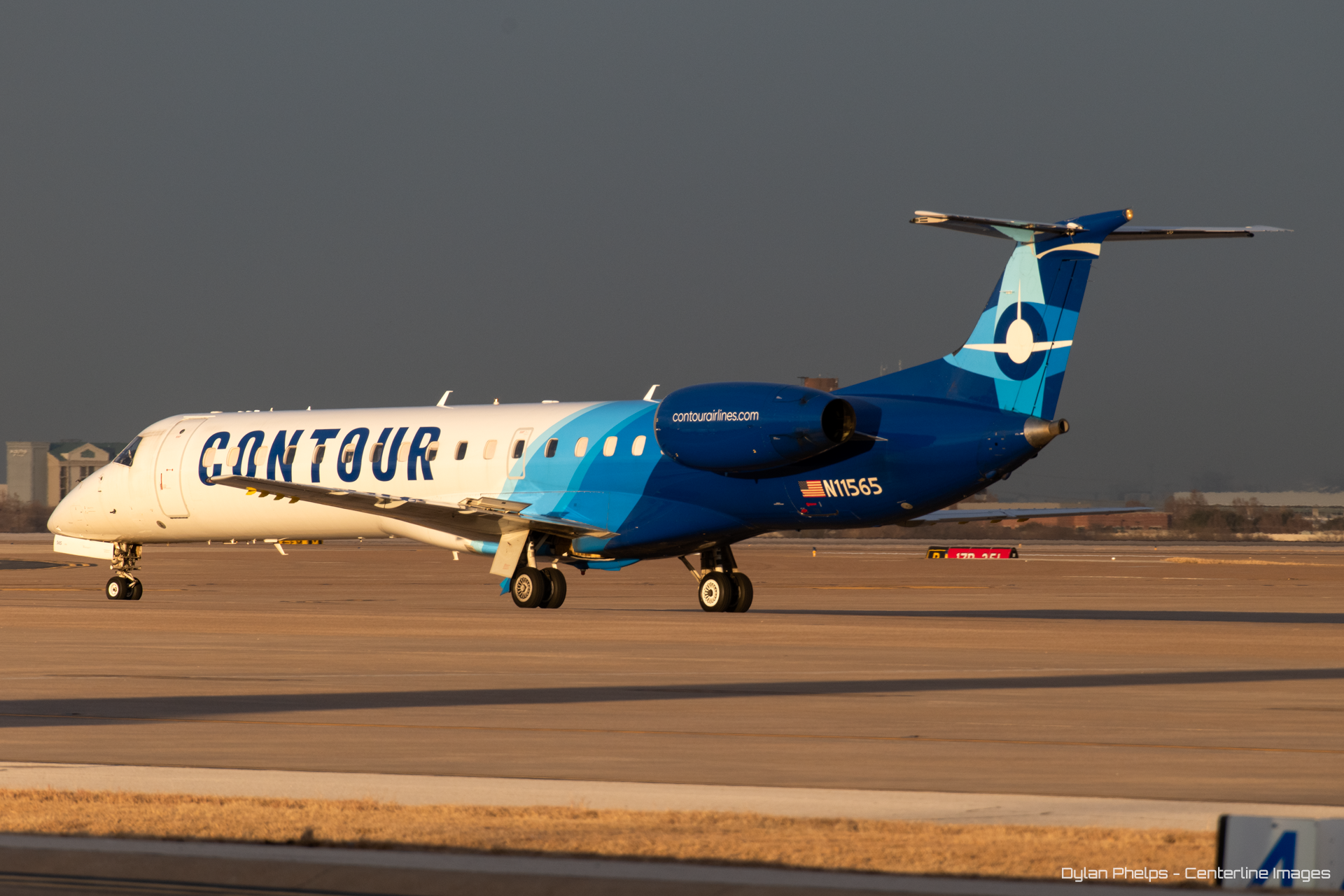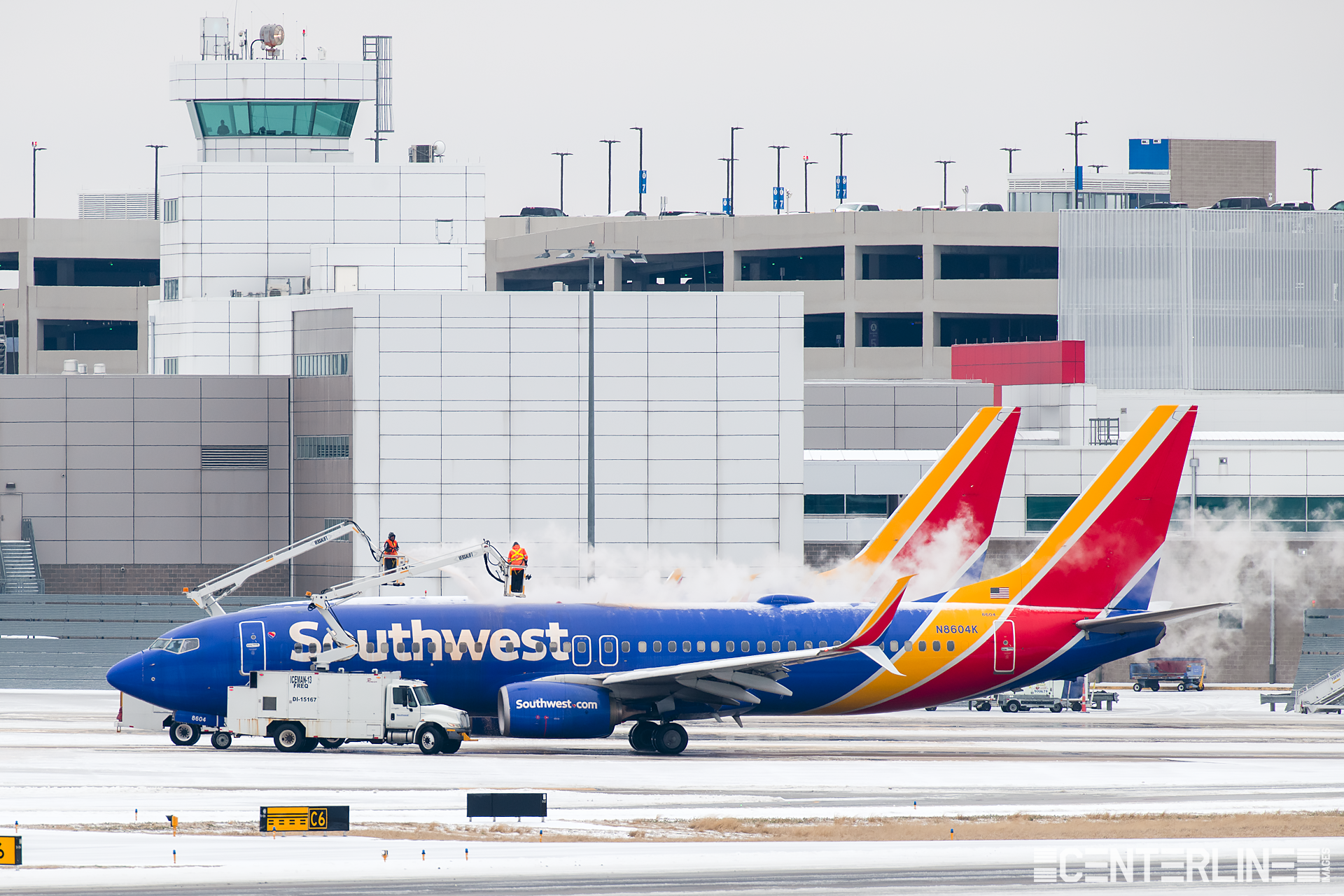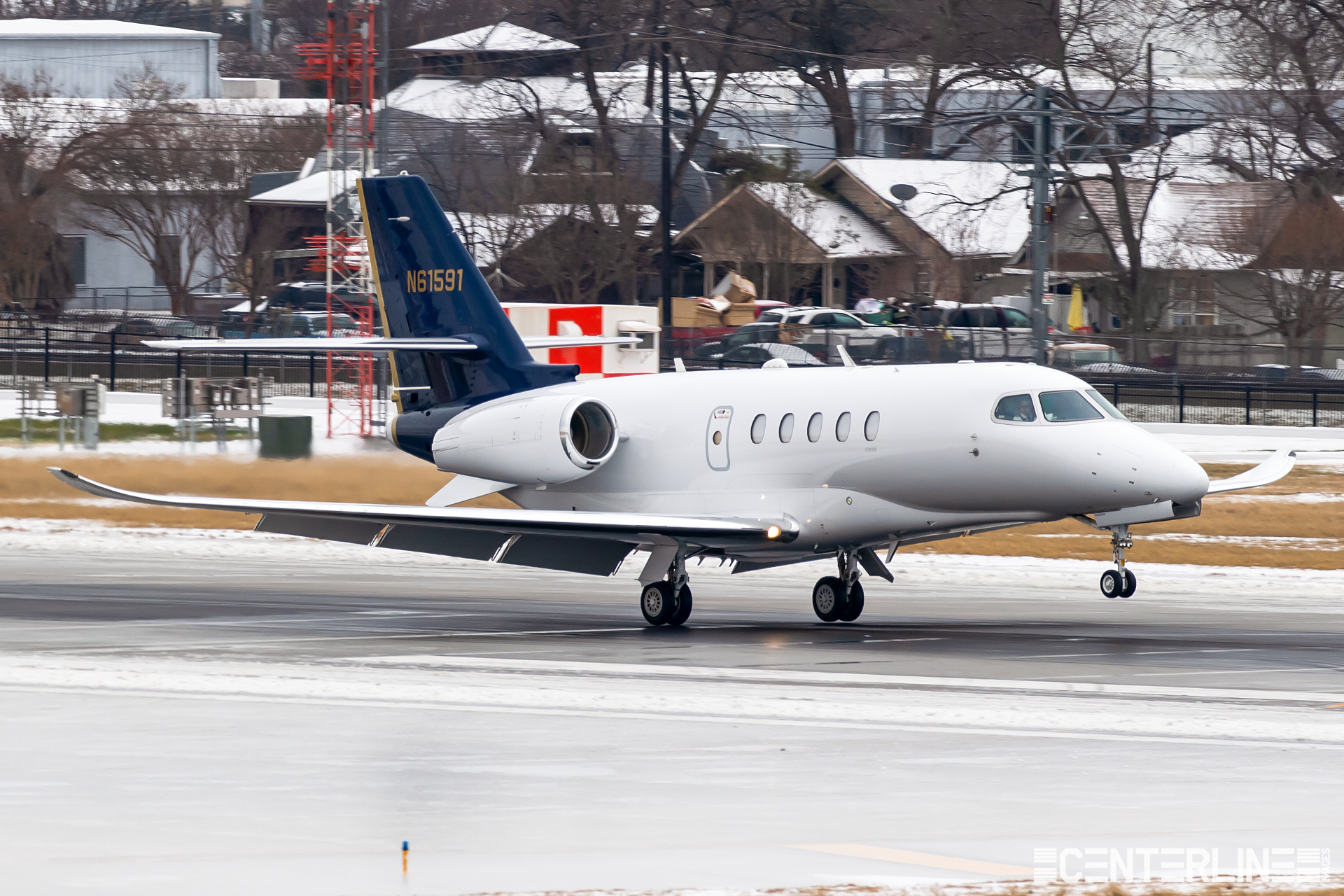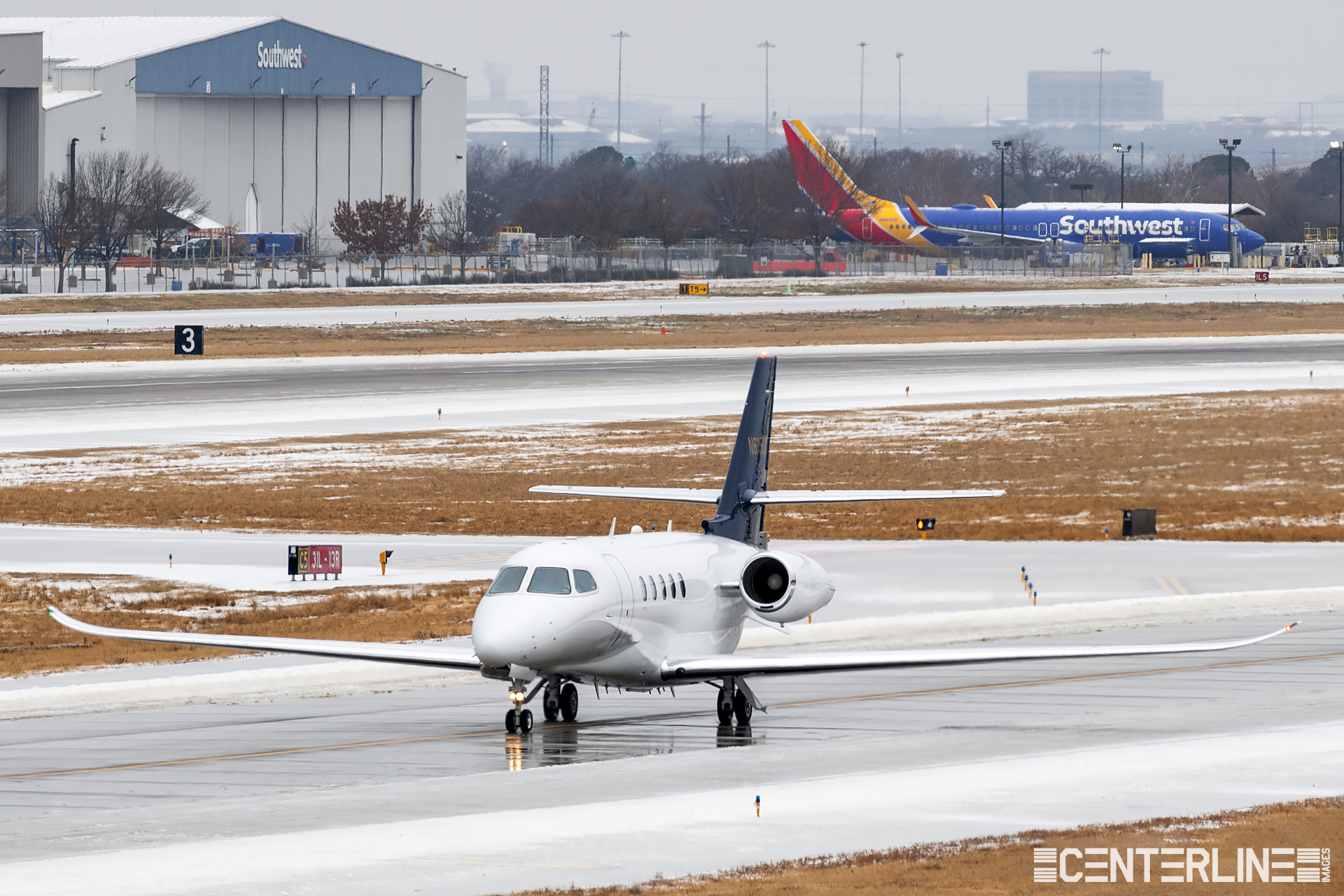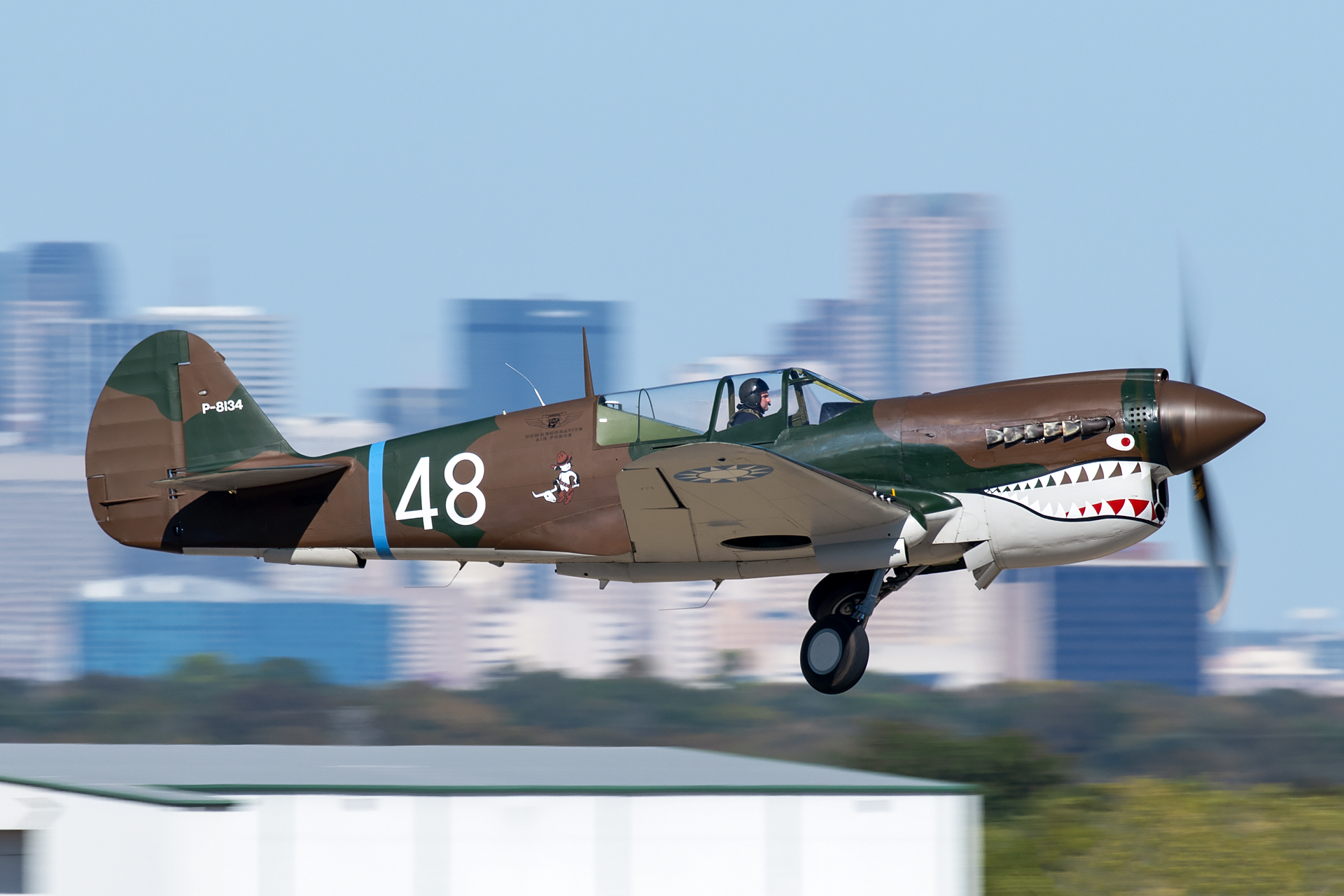
Curious on the backstory behind the photos? This is the place. You'll find not only write ups on local outings, but also reviews of major events I’ve attended.
Resurrecting a Legend: The Final Journey of the Philippine Mars
The world’s last flying boat of its size, the Philippine Mars, has left Sproat Lake for good after 60 years. I was there to witness its final weeks before its journey to Arizona.
Late last year, I found myself chasing an aviation adventure in a wet, overcast, and very green corner of the Pacific Northwest. The destination was Port Alberni, a small town on Vancouver Island, British Columbia. Just down the road on Sproat Lake sat the world’s largest airworthy seaplane—the last of its kind—getting prepared for one final journey to become preserved.
It wasn’t an easy trip from Texas to Sproat Lake, but it was now or never as this aircraft’s last flight drew near. My motivation for making the journey goes back to 2016, when I stood at EAA AirVenture Oshkosh and watched in awe as this enormous red-and-white flying boat demonstrated its ability to drop 7,000 gallons of water in front of the crowd. That airplane was none other than the Martin JRM Mars, a World War II–era transport turned firefighting icon of the West Coast.
Only seven Mars were ever built for the United States Navy between 1945-1948, each carrying its own unique name. By the mid-1950s, the jet age and post-war aviation progress rendered them obsolete. They were destined for the scrap heap—until a Canadian company, Forest Industries Flying Tankers (FIFT), purchased four airframes and a warehouse of spares, converting them into aerial water bombers. The Marianas, Caroline, Hawaii, and Philippine Mars quickly became firefighting icons in British Columbia.
Unfortunately, tragedy reduced the fleet early on. Marianas Mars was lost in a 1961 crash that claimed four crew members, and Caroline Mars was damaged beyond repair just a year later when a powerful storm struck while it was parked in Victoria. That left Hawaii Mars and Philippine Mars to shoulder the mission for the decades that followed. Both aircraft, along with their dedicated crews, fought wildfires valiantly for many years under FIFT before being acquired by Coulson Flying Tankers in 2007, which continued to operate them until their retirement in the 2010s.
With their firefighting careers now effectively over, both aircraft were eyed for preservation. In 2012, Philippine Mars was repainted in its original US Navy colors, intended for display at the National Naval Aviation Museum in Pensacola, Florida. Unfortunately, the deal fell through, and the airplane sat quietly in the corner at Coulson’s base for years. Hawaii Mars, meanwhile, became a sensation at the 2016 EAA AirVenture Oshkosh convention, performing multiple water drops and wowing the crowds—myself included. After the show, Hawaii Mars returned to Sproat Lake, where it remained dormant for another eight years.
It was in 2024 that things changed for the pair. Coulson announced that Hawaii Mars would be donated to the British Columbia Aviation Museum in nearby Victoria, while Philippine Mars was selected for display at the world-class Pima Air & Space Museum in Arizona. When Hawaii Mars eventually departed later that year in August, Philippine Mars became the lone giant on Sproat Lake, still wearing her striking blue US Navy paint. Soon after, word spread that Coulson’s crew had shifted their attention to prepping Philippine Mars for her retirement flight, and taxi tests soon followed. That was enough to convince me—and a couple of friends from Georgia and Texas—to make the trip in late November.
What we witnessed over the course of five days was unforgettable. The Coulson team—a mix of current and former employees—worked tirelessly in the rain, fog, and cold to bring the Philippine Mars out of its long slumber. We watched its four Wright R-3350 Duplex-Cyclone engines thunder to life, saw it perform step taxis across the lake, and were even welcomed aboard for a look at its cavernous interior and sprawling flight engineer’s panel—the largest I have ever seen.
Locals greeted us with unmatched hospitality and bittersweet pride as this community icon was being prepared to depart the area for good. One Sproat Lake resident even ferried us around multiple times in his 1973 boat, affectionately named Big Greenie, giving me and my friends the opportunity to capture many of the photos and videos you’ll see in this post. Everywhere in town, the Mars was celebrated—on hockey jerseys, murals, and shop walls. Over the decades, many residents had been directly impacted by these giant aircraft, their homes and lives saved from ferocious wildfires. It was abundantly clear that the Mars was more than a point of pride for the local people. These aircraft stood as symbols of Canadian ingenuity, teamwork, and heroic firefighting efforts, and in many ways, the Martin Mars put Port Alberni and Sproat Lake on the map for the rest of the aviation world.
Five days had passed, and it was time for us to start our trek home. The airplane was still experiencing mechanical gremlins and the typically poor weather conditions winter brings to the region, but the team pressed on. In February 2025, the Philippine Mars finally departed Sproat Lake for good, stopping in San Francisco at its former home of NAS Alameda before reaching Arizona shortly after. Over the course of several months, she was carefully disassembled on land, trucked to Tucson, and reassembled at the Pima Air & Space Museum—where she is now proudly displayed as of this month for generations to come.
Burning The Midnight Oil
Burning the midnight oil! The men and women of both the USMC and USN stay busy day and night, as seen by the tremendous amount of action at this small southeastern Californian airport
When I visited Naval Air Facility El Centro earlier this year, I noticed an impressive number of USMC and USN helicopters passing by El Centro, instead of stopping at the nearby Imperial County Airport, which is roughly a 15-minute drive away. On one of the few days I was in the area, I decided to head down there and see what nightfall would bring. No more than five minutes after I arrived, three massive CH-53E Sea Stallions from MCAS Miramar arrived, and the festivities began.
Unfortunately, I didn’t have my tripod with me on this trip, so I found the flattest surface I could—the roof of my rental Dodge Ram. While this actually worked out fairly well, the immense CH-53s shook the entire ground even while parked and at idle power, remaining running as the crew chiefs hot-refueled their machine. This sometimes caused some of the night exposures to be unusable, as the shake would result in blurry photos. Not to be deterred, I kept adjusting my settings to account for this and managed to get satisfying results.
As I snapped away, I had to be conscious of my limited photo opportunities with these incredible machines. As quickly as they arrived, they departed into the darkness, with only faint slime lights visible and the thunderous sound fading into silence. Minutes later, I’d hear the noise pick up again as more helicopters approached—Vipers, Venoms, Seahawks, Ospreys, and even more Super Stallions.
It was an incredible amount of nonstop action, and to think this is a regular occurrence! Sometimes it’s easy to forget just how busy the men and women in uniform stay—training day and night—while many of us are already in bed, fast asleep. It definitely reminded me of that and only deepened my appreciation!
January 30, 2025 - Imperial County Airport (Imperial, California)
Nearing The End Of An Era: The USMC AV-8B Harrier II
As the mighty AV-8B Harrier’s service comes to an end in the US Marine Corps, I had an unexpected opportunity to see over a dozen in action in Southern California.
Earlier this year, I found myself out in the Mojave Desert in Southern California, awaiting a historic moment—the Boom XB-1 taking to the skies for its first supersonic flight, which I had posted about on this page months ago. While awaiting that momentous occasion, a friend of mine, seeing that I was in Southern California, reached out with an unexpected heads up: one of the last large deployments to Naval Air Facility El Centro of the AV-8B Harrier II was happening simultaneously down in El Centro, a small desert town tucked away near the southeastern corner of California.
I hadn’t seen a Harrier up close in years, and this was one of the final opportunities to witness a large-scale deployment to El Centro before its retirement. As soon as the XB-1 wrapped up its flight, I hit the road, making the four-and-a-half-hour drive south. On the drive down, I crammed in everything I could about El Centro—where to go, what to expect, and most importantly, the best spots to photograph the action.
I arrived just in time to catch the golden-hour action. The second I stepped out of the car, I was hit with that unmistakable sound—the sharp, high-pitched whine of Rolls-Royce Pegasus engines idling. It immediately brought me right back to memories from airshows past. Then, as if on cue, a Harrier started taxiing out, passing right in front of me. Not just any Harrier either—I spotted the rare TAV-8B twin-seat training version, a far lesser seen variant.
Apparently seeing that rare aircraft was a good omen, because that first evening ended up being nothing short of incredible. I watched no fewer than ten Harriers in action from both squadrons, who were in town participating in Service Level Training Exercise 1-25. These jets from VMA-231 "Aces of Spades" and VMA-223 "Bulldogs," both based out of MCAS Cherry Point, North Carolina. In total, there were more than a dozen aircraft flying missions designed to prepare Marine units for operations around the globe. The exercise also gave me the rare opportunity to see many of the Harriers carrying live ammunition. Several were using water injection—a system that provides extra thrust during takeoff—making their departures noticeably smokier and even more dramatic. It's easy to forget what an incredible payload these relatively small aircraft can carry to the fight.
I ended up staying three days under the warm Southern California sun. In addition to the Harriers, the skies were buzzing with other base regulars, including the Blue Angels out for their winter training as they geared up for the 2025 air show season. As you'll see a ways down the photo set, Blue Angel #7 suffered a blown tire, and had to utilize the cable! Not something you see too often.
As I write this, VMA-231 is just a couple weeks away from wrapping up Harrier operations entirely. Being there to witness one of their final large-scale exercises felt like a full-circle moment.
We are nearing the end of an era for a truly unique aircraft.
2025 Leeward Air Ranch Warbird Round-Up
The latest adventure takes us to Central Florida at the legendary Leeward Air Ranch!
A little over a month ago, I had the privilege of attending the second annual Warbird Round-Up at the Leeward Air Ranch in Central Florida. This invite-only event was particularly exciting for me, as Leeward Air Ranch is a private airport boasting a well-kept 6,247-foot grass runway. There’s just something special about watching warbirds take off and land on the very surfaces they were designed for back around the Second World War.
The excitement was amplified by the fact that, much like Texas, Florida is home to a wealth of warbirds. I was looking forward to seeing some rare aircraft in attendance, and I wasn’t disappointed. Among the rarities that graced the event were the tip-tanked Cavalier Mustang and the slow-flying Convair L-13. While the airplanes were certainly a highlight, what truly made the event memorable were the people. From the organizers to fellow attendees, it was wonderful to reconnect with old friends and make new ones, brought together by our shared passion for aviation.
As you’ll see in the accompanying photos, I was fortunate enough to partake in some air-to-air photoshoots involving some truly special aircraft. A huge thank you to those who put on this incredible event. Enjoy!
February 28 - March 2, 2025 - Leeward Air Ranch (Ocala, Florida)
VERTICON 2025
The world’s largest vertical convention and trade show comes to Dallas!
Calling all helicopter enthusiasts!
Last week, I made my way to the Kay Bailey Hutchison Convention Center in downtown Dallas to witness the arrivals for the 2025 edition of VERTICON, the world’s largest trade show and conference focused on vertical aviation. Formerly known as the Helicopter Association International Heli-Expo, the event was rebranded last year to better reflect the evolving landscape of vertical aviation.
The array of helicopters on display was nothing short of impressive. From the compact Guimbal Cabri G2 to the heavy-duty Super Puma, a wide array of vertical markets was covered. One highlight for me was spotting a rare classic—the Bell 214ST, which filled the area with its unmistakable "Huey sound" long before it came into view. Alongside these impressive aircraft, we saw a diverse lineup of operators, including QuikTrip's Bell 429 and VHI's freshly restored Sikorsky S-92.
As the helicopters arrived, I was captivated by the VERTICON team, who expertly and swiftly disassembled the blades from many of the helicopters, making them fit through the convention center doors before reassembling them inside, where they could be displayed safe from the elements.
It was truly enjoyable to see VERTICON take place in an area with such a rich heritage in the rotorcraft industry. Looking ahead, the next event is scheduled for March 2026 in Atlanta, Georgia!
March 2025 - Kay Bailey Hutchison Convention Center (Dallas, Texas)
Best of 2024
A curated selection of my favorite photos from the year 2024.
Time for my 2024 aviation photography recap! I've decided to take a different approach this year. Instead of selecting only a small number of my flashiest edits, I’ll focus more on the variety of aviation captured through my lens and the photographs that have been most meaningful to me. On a personal level, this has been an incredibly busy year, and unfortunately, that means I have a massive backlog of photos I haven't even had time to look at since I took them. However, that doesn't mean I'm not proud of the photos I have edited!
I can't forgo mentioning the people involved in these adventures... It's been such a pleasure meeting so many incredible people who share my passion for aviation. Whether it was a fellow photographer, a pilot, or an air traffic controller, every interaction has left an impression on me. You know who you are!
Anyway, enough blabbing from me. Here's my top 50 aviation photos from 2024!
Dallas/Fort Worth International Airport 1/16/23
Various traffic seen at the Dallas/Fort Worth International Airport on Monday, January 16th, 2023.
Various traffic seen at the Dallas/Fort Worth International Airport on Monday, January 16th, 2023.
Winter Storm Mara
Winter Storm Mara strikes Dallas Love Field.
A powerful winter storm wreaked havoc across much of the Southern half of the United States the past few days, with temperatures plunging well below freezing in North Texas since Monday. As I was stuck at a hotel near work, I was able to photograph a bit of the action taking place at Dallas Love Field which was greatly impacted by the deep freeze. While these freezes are not uncommon in many parts of the United States, North Texas typically only sees these large scale events once or twice a year at best so the infrastructure in place is not quite as capable of handling these long-lasting ice storms. The following photos show part of the team effort required to crank flights out in the midst of these brutal conditions. The system is finally winding down in North Texas at the time of this writing, with temperatures finally staying consistently above freezing tomorrow.


























































































































































